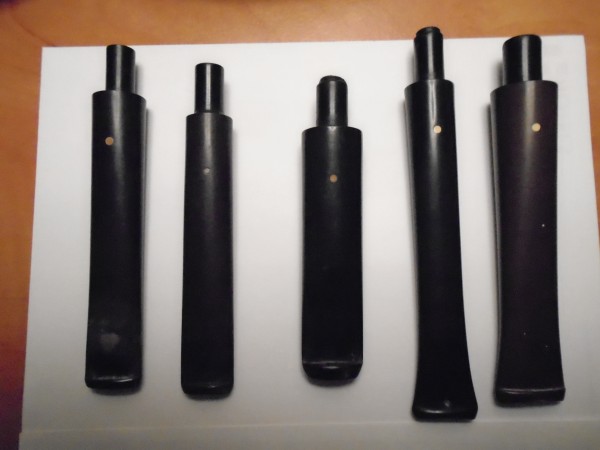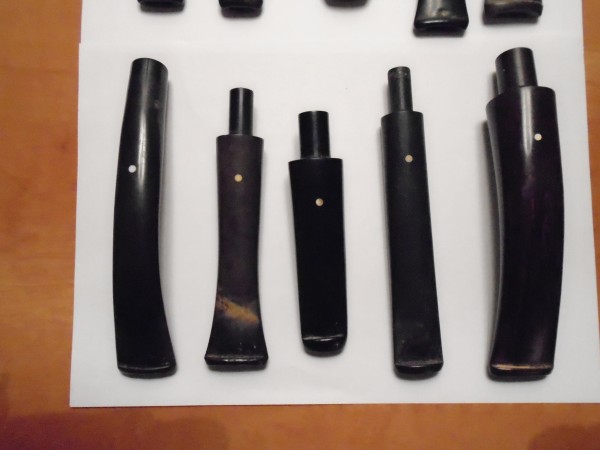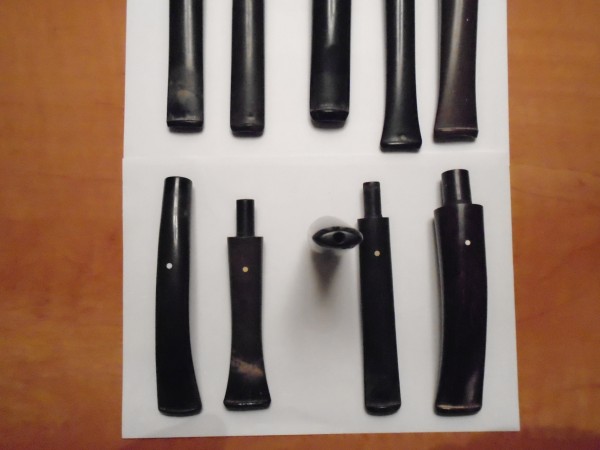Old Dunhill mouthpiece (orific)
- Thread starter kenbarnes
- Start date
You are using an out of date browser. It may not display this or other websites correctly.
You should upgrade or use an alternative browser.
You should upgrade or use an alternative browser.
SmokingPipes.com Updates
Watch for Updates Twice a Week
- Status
- Not open for further replies.
Looks legit to me.
There was a time when Dunhill would accommodate any reasonable customer request for a particular stem shape or modification. My guess is that someone thought the Orific design couldn't be topped, but as long as Dunhill was willing to come to him, he'd give their pipes a try. His tobacconist, as they say, did the rest.
Me? I like 'em. Which is weird because I don't care for Peterson's P-lip design, which they are similar to. Go figure.
There was a time when Dunhill would accommodate any reasonable customer request for a particular stem shape or modification. My guess is that someone thought the Orific design couldn't be topped, but as long as Dunhill was willing to come to him, he'd give their pipes a try. His tobacconist, as they say, did the rest.
Me? I like 'em. Which is weird because I don't care for Peterson's P-lip design, which they are similar to. Go figure.
Thank you georged for this very logical explanation. I must say that I was confused when I first saw this one. I think that 'Special Orders' can be a real delight for some serious pipe-smokers and could be considered quite rare these days - a thing of the past!
It should also be considered that very early Dunhill pipes were made in the first decade of the twentieth century, almost certainly out of house. How many makers WEREN'T using orific buttons then?
The dot doesn't appear to quite fit an early pipe, due to size, but maybe from a very early example? Say before 1913?
Has anyone ever seen an authenticated pipe from Dunhill's starting years of pipe sales/production? I haven't.
Doc
The dot doesn't appear to quite fit an early pipe, due to size, but maybe from a very early example? Say before 1913?
Has anyone ever seen an authenticated pipe from Dunhill's starting years of pipe sales/production? I haven't.
Doc
If one considers the evolution of the pipe it is logical to conclude that the earliest of bits (such as they were) were of the orific design because it was the simplest to produce, being merely an extension of the stems' round lumen. It is further logical to conclude that this was continued when (according to Alfred Dunhill in his "The Pipe Book") ebonite began to be used in 1878 by an English manufacturer as a, "...really cheap yet efficient mouthpiece..."
I daresay that as manufacturing technology improved post 1878, coupled with the desire of pipe manufacturers to improve their products and, hence, their market shares, the flatter wedge-style bit was a natural next step. Easier to clench, it offered the added benefit of widening the smoke stream (imagine one's tongue being hit by a stream of water from a hose nozzle in the "jet" setting versus one in the "fan" setting, and the difference becomes easy to visualize).
I daresay that as manufacturing technology improved post 1878, coupled with the desire of pipe manufacturers to improve their products and, hence, their market shares, the flatter wedge-style bit was a natural next step. Easier to clench, it offered the added benefit of widening the smoke stream (imagine one's tongue being hit by a stream of water from a hose nozzle in the "jet" setting versus one in the "fan" setting, and the difference becomes easy to visualize).
If one considers the evolution of the pipe it is logical to conclude that the earliest of bits (such as they were) were of the orific design
Yes, I was surprised to learn that Barling Pipes continued with their orific mouthpieces into the 1920s - or did I dream that? I am wondering if Charatan, who supplied Dunhill with pipes prior to 'Alfred making his own', made single draft hole bits? I have not seen any really early Charatans with orific bits, but that may be because the bits have been replaced. I have one Charatan with Silver band 1912 which has the original mouthpiece and it is very narrow in width, quite chunky and with a narrow slot.
I don't know about Barling's Ken, but others did. 1927 hallmarked BBB.Yes, I was surprised to learn that Barling Pipes continued with their orific mouthpieces into the 1920s - or did I dream that?
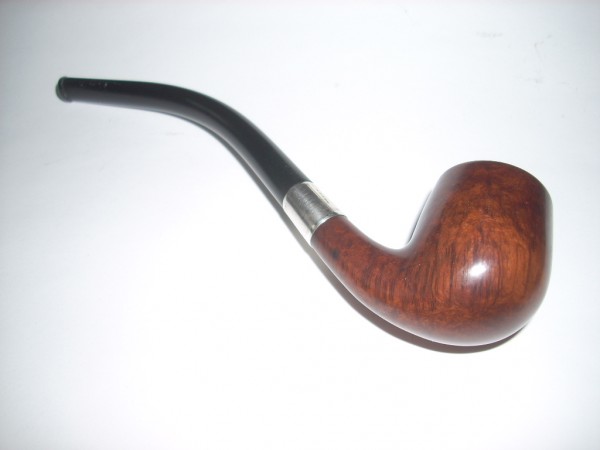
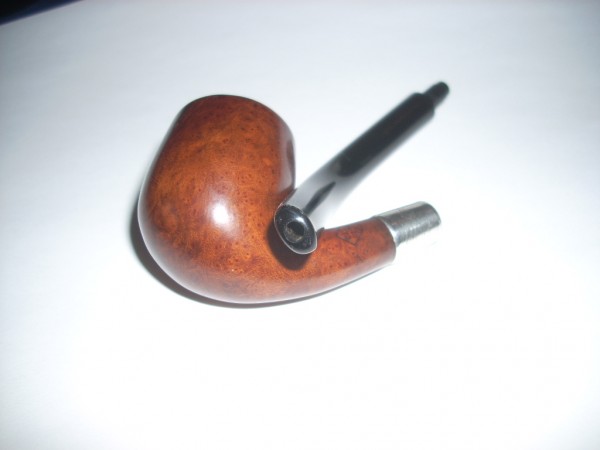
Here's a 20s Barling with an orific mouthpiece.Yes, I was surprised to learn that Barling Pipes continued with their orific mouthpieces into the 1920s - or did I dream that?
http://pipesmagazine.com/forums/topic/barlings-make-1123-sm-date

- Status
- Not open for further replies.








 :
: